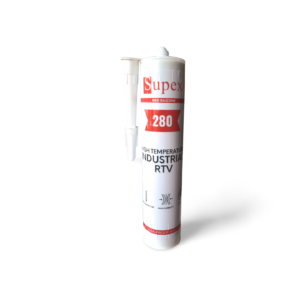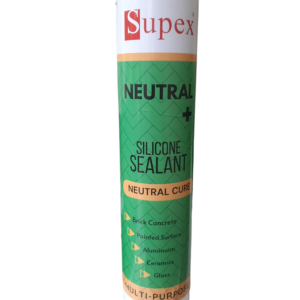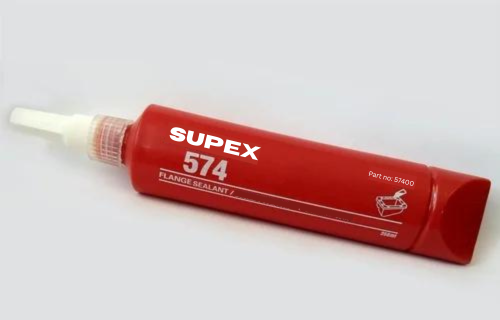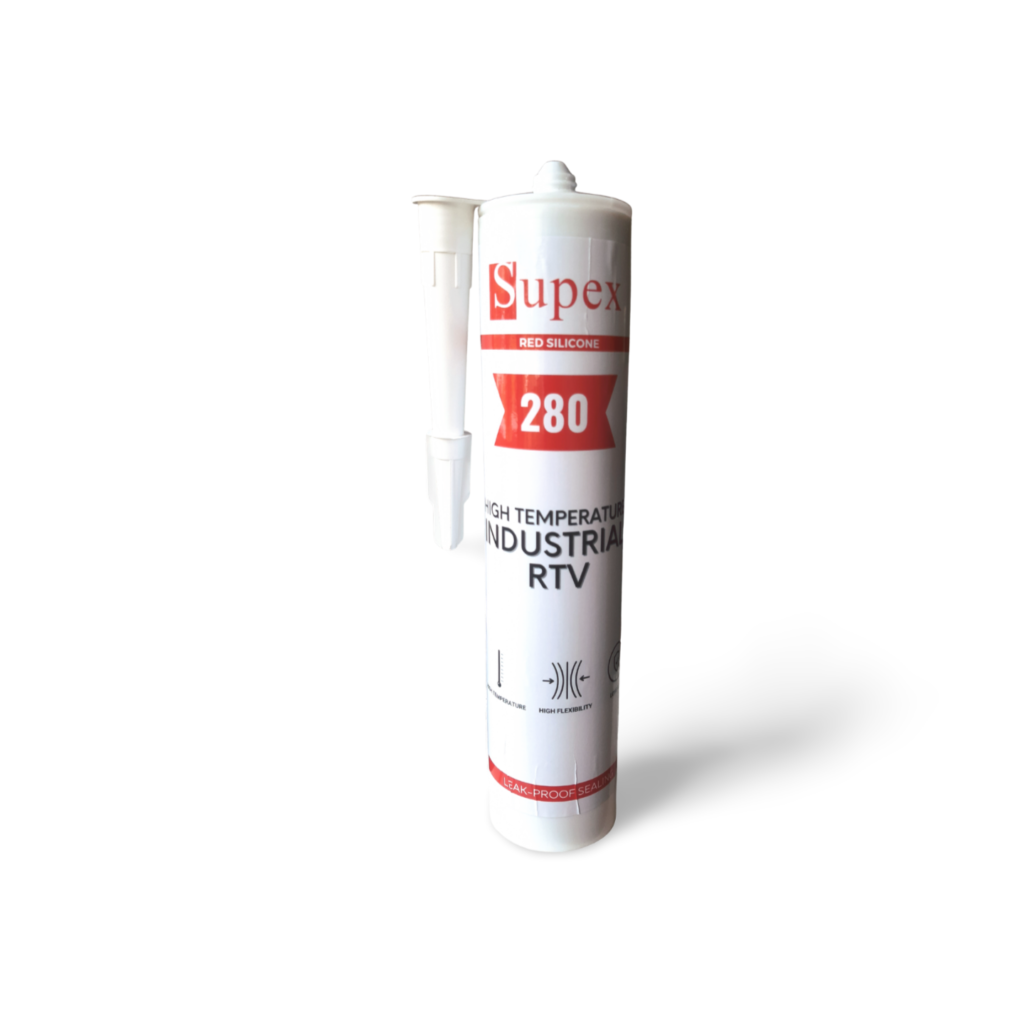What is Gasketing?
Gasketing refers to the process of using gaskets to create a tight and reliable seal between two or more mating surfaces in industrial applications. Gaskets can be either mechanical seals or liquid sealants , and they are designed to fill the gaps or irregularities between the flange faces or joint surfaces of machinery and equipment.
Why are solid gaskets ineffective in flange sealing?
Gasketing is increasingly being done using liquid gasket sealants instead of solid gaskets. Why?
- Uneven Bolt Stress. An incorrect bolt up procedure or cramped working conditions near the flange can leave some bolts loose while others are over tightened and crush the gasket. This can cause in-service leaks, especially in high temperature services when the heavily loaded bolts relax.
- Improper Flange Alignment. Improper flange alignment, especially flange face parallelism, causes uneven gasket compression, local crushing, and can cause subsequent leakage. Improper flange center line alignment can also cause uneven gasket compression and flange leaks.
Improper Gasket Centering. If a gasket is installed off center compared to the flange faces, the gasket will be unevenly compressed and make the joint prone to leakage. Spiral wound and double jacketed gaskets usually have a centering ring that extends to the inner edge of the bolts. A sheet gasket can be cut so that its outside diameter matches the inner edge of the bolts.
Dirty or Damaged Flange Faces. Dirt, scale, scratches, protrusions, weld spatter on gasket seating surfaces, and warped seating surfaces provide leakage paths or can cause uneven gasket compression that can result in flange leakage.
Excessive Piping System Loads at Flange Locations. Excessive forces and bending moments can loosen the bolting or distort the flanges and lead to leaks. Common causes are inadequate piping flexibility, using cold spring to align flanges, and improper location of supports or restraints.
Thermal Shock. Rapid temperature fluctuations can cause flanges to deform temporarily. Process variations cannot always be avoided. A related problem is temperature variation around the flange circumference (e.g., cooling on top due to rain, or cool liquid at the bottom and hot gas at the top). Where this is a problem, sheet metal shields can be installed to protect against rain or snow impingement that could cause thermal gradients across the flange and cause leakage. Such shields also serve to keep the flanges and bolts at a more uniform temperature.
- Improper Gasket Size or Material. Sometimes, the wrong gasket size or material is installed. The wrong size should be fairly obvious during installation, and something that a trained bolt up crew will immediately identify. The wrong material may not be apparent until corrosion or blowout damages the gasket.
- Improper Flange Facing. Deeper serrations than specified will prevent the seating of double jacketed or spiral wound gaskets and provide a leakage path. Normal raised face flange finishes have grooves that are 0.002 to 0.005 in. (0.05 to 0.13 mm) deep.
- High Vibration Levels. Excessive vibration can loosen flange bolts and ultimately cause flange leakage.
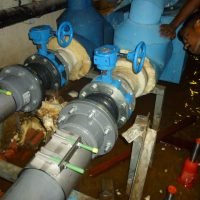
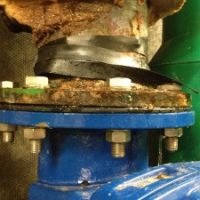
Supex Gasketing compounds
What is liquid gasketing?
They are generally liquid/paste materials at room temperature. When they are applied on a joint surface they cure to form an elastic membrane or viscous thin film. They keep satisfactory tightness of the jointed portion against oil, water, and air, and prevent leak of them having enough pressure resistance. Eg: Supex RTV Silicone sealant
Advantages of liquid gaskets
- A small amount provides sufficient sealing. Reduces gasket material cost.
- Effective even on a surface with relatively low tightening pressure. Less load on assembly, easy assembly
- High class machine finish not required Reduce the process steps and process cost.
- Applicable to any shape or size of flanges. Reduce time and cost for inventory control.

